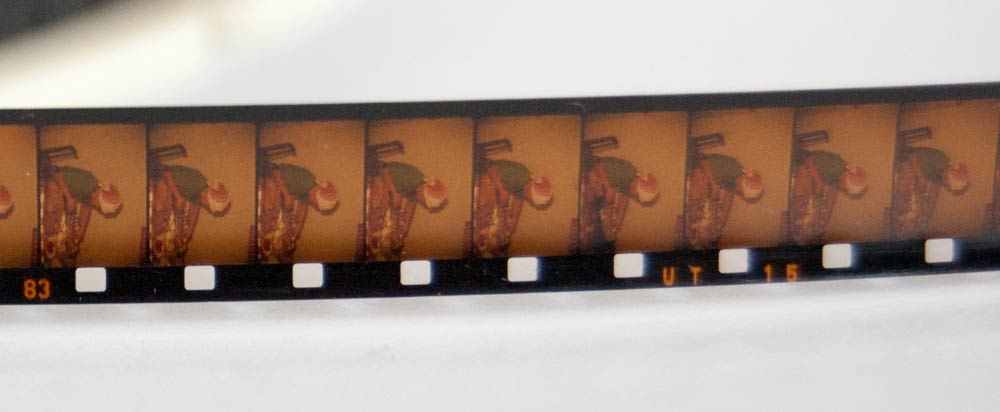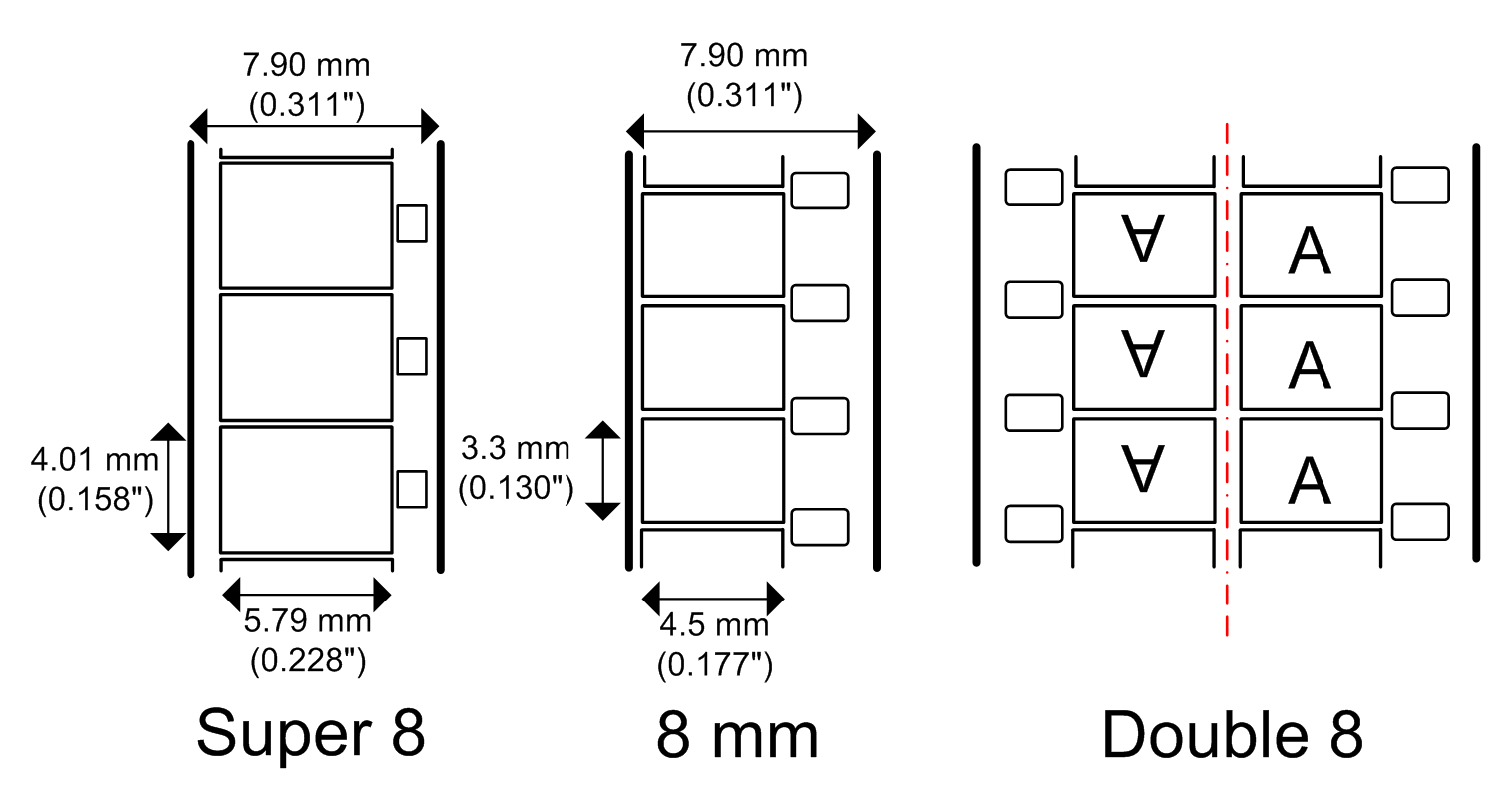Frame-by-frame scanning is the process of digitizing old 8 mm film tapes using a specialized scanner that scans each frame of the film individually. Each frame is scanned at a resolution of 1440 x 1080 pixels. The process is time-consuming and meticulous. After assembling the scanned frames, a digital film is created, typically in MPEG-4 format, which can be played back at a speed of 20 FPS (frames per second).
Several factors influence the final quality of the film:
- Overall condition of the film tape, especially the condition of the lateral perforations.
- Torn or damaged perforations, scratches, and marks on the film.
- Torn or torn film tape.
- Dirt and dust on the film.
- Whether the film underwent manual editing and how well it was done.
- Quality of splices in the editing.
- Overexposure or underexposure of recorded scenes.
- Sharpness of scenes.
- Film grain.
- Scanner class: from amateur to professional (rare in Poland).
The process of digitizing 8 mm films requires care and attention to detail. While time-consuming, it ensures a high-quality digital copy of the material. 🎞️📽️




